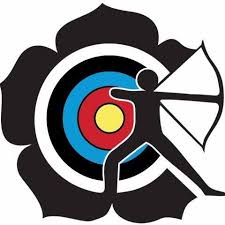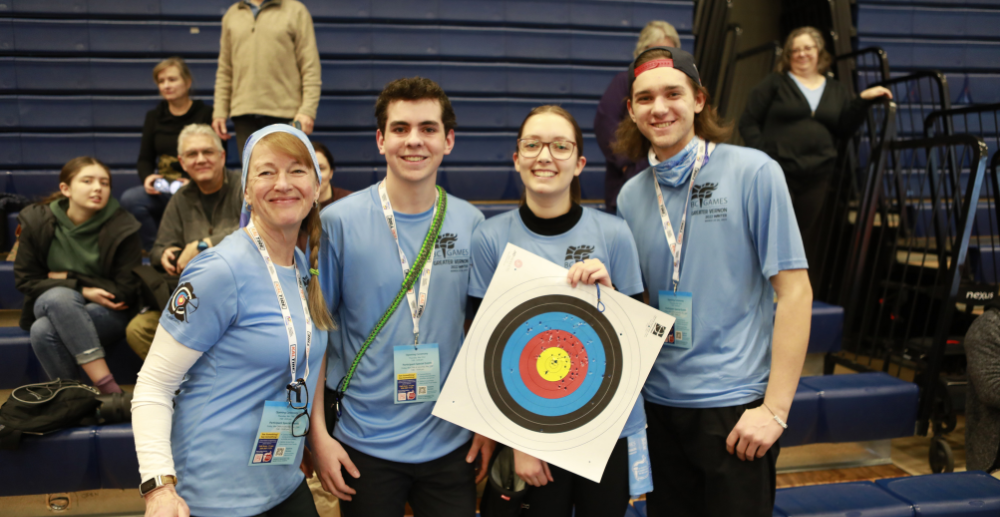BC WINTER GAMES
Archery
Archery debuted at the inaugural Penticton 1978 BC Summer Games. In 2006, the sport moved to the BC Winter Games to coincide with its move to the Canada Winter Games.
Archery at the BC Games
The British Columbia Archery Association is the organization responsible for developing the sport in the province and they have utilized the BC Winter Games as an opportunity to develop junior archers towards national and international competitions.
The archery competition at the BC Winter Games features athletes ages 15-17 who compete in Barebow, Compound, and Recurve categories. Day 1 and Day 2 consist of an Indoor 18m (60 arrow) round on a 40cm target (vertical three spot or single face). The Day 1 and Day 2 total aggregate score is used to determine the top four contenders in each category for the Day 3 Match Play event. Targets are marked with 10 evenly spaced concentric rings, which have score values from 1 through 10 assigned to them. In addition, there is an inner 10 ring (or X ring) which becomes the 10 ring for the compound class in an indoor round. Line breakers, an arrow just touching a scoring boundary line, will be awarded the higher score.
History
Archery dates back to prehistoric times as a tool for hunting and combat but it is now a popular recreational and competitive sport. Part of the Olympic Games from 1900-1920, the sport was dropped from the program as there were no internationally recognized rules. With the creation of the International Archery Federation (now called World Archery) in the 1930s, the sport gained credibility. However, archery was not reintroduced to the Olympic program until 1972 when the individual competition was contested at the Summer Games. The team event was added 16 years later in 1988.
Technical
Package
Technical Packages provide details of the eligibility requirements as well as event and competition information.
Provincial Sport
Organization
PSOs are the governing bodies for sports in B.C. and handle qualification, registration, and competition at the BC Games.
Frequently Asked
Questions
Have a question? We likely have the answer in our Frequently Asked Questions.
Participant
Information
Learn about qualification, registration, transportation, accommodation, food, and more.
Notable Alumni
Notable BC Games alumni who have gone on to compete internationally include three-time Olympian and multiple World Cup Champion Rob Boyd (1980 BC Winter Games), 2010 Olympian and three-time World Cup Champion Britt Janyk (1995 BC Summer Games), and Ski Cross World Champion and 2014 Olympic silver medalist Kelsey Serwa (2002 BC Winter Games).
Photography
Visit the BC Games Flickr account to view more photos of Karate from the Games.


